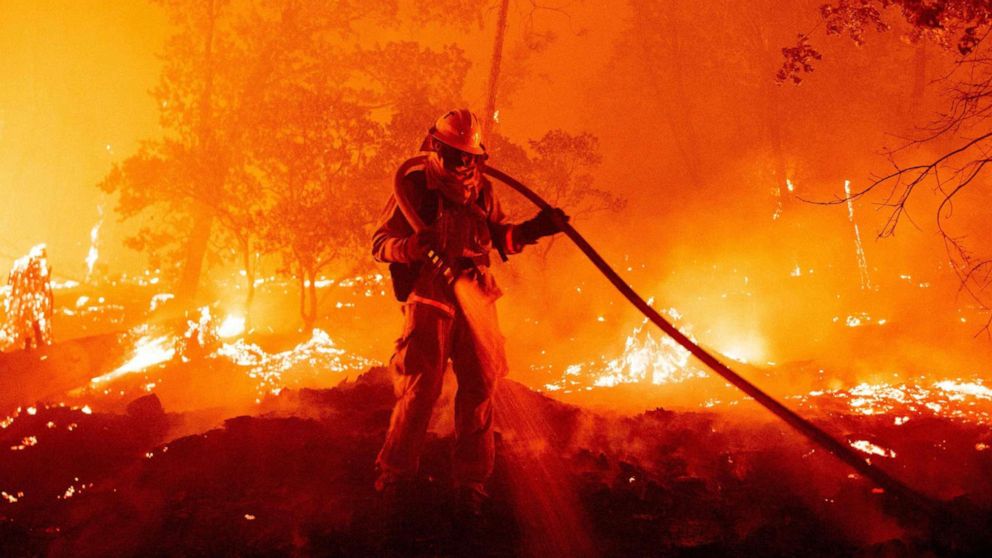Devastating wildfires, extreme weather raise concerns about lack of preparedness for climate change
Six of the 20 largest wildfires in California history started in August and September 2020 and with average high temperatures continuing to set records, calls are increasing to address the connection between extreme weather events and climate change.
Leaders in western states have said it's impossible to deny the impacts of climate change after witnessing the devastation from recent fires.
"California, Oregon and Washington -- we are all in the soup of cataclysmic fire, and the reason we are in the same soup is because the grass is so dry, the temperature is so hot and the winds are so heavy," Washington Gov. Jay Inslee said after touring wildfire damage this week.
"And these are conditions that are exacerbated by the changing climate that we are suffering."
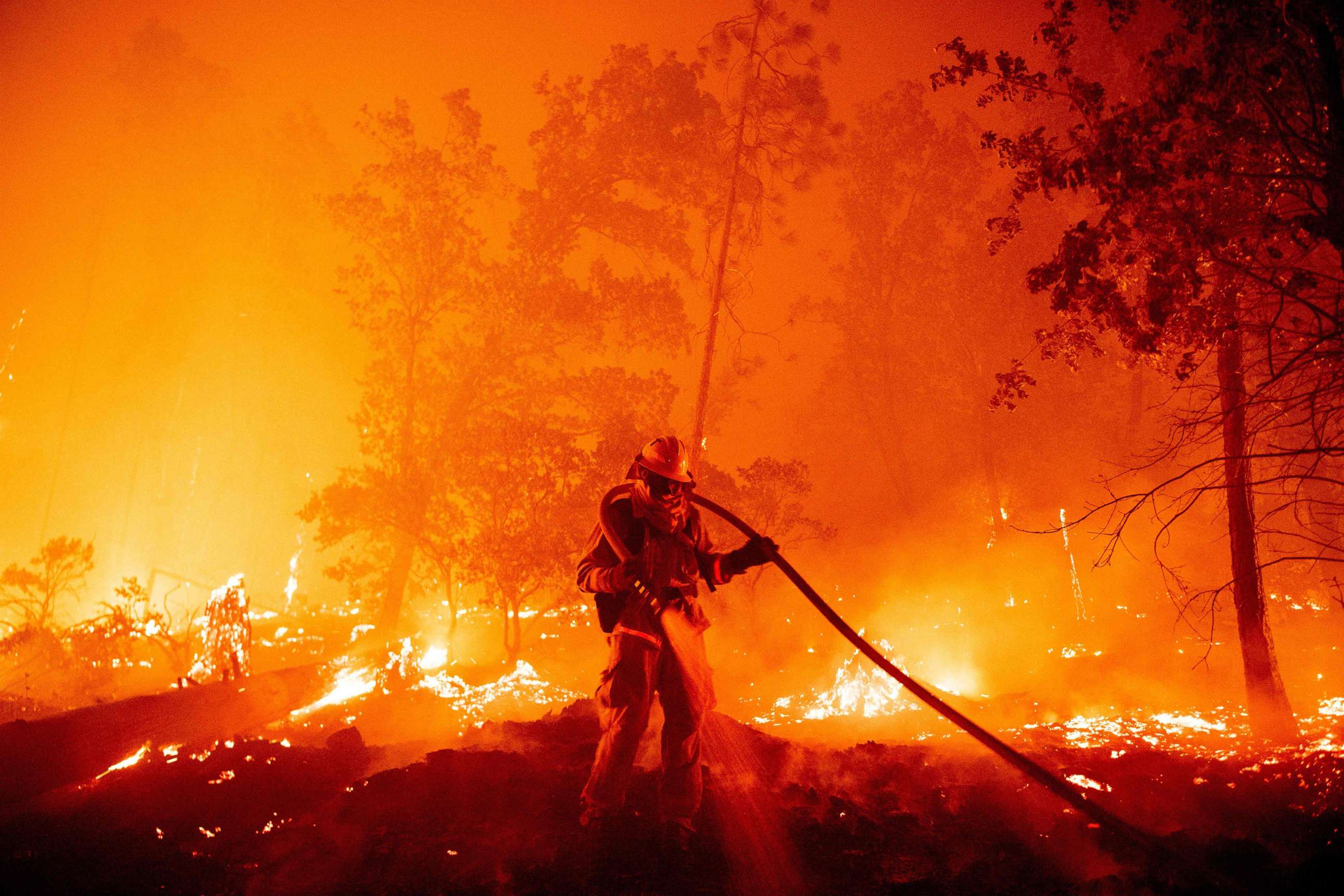
California Gov. Gavin Newsom also said it's urgent to address climate change. Newsom has sparred with President Donald Trump over differing views on the state's wildfires after Trump criticized the state's approach to managing forests and threatened to withhold federal funding.
"I quite literally have no patience for climate change deniers. You may not believe it intellectually, but your own eyes tell a different story, particularly here in the state of California. Never have I felt more of a sense of obligation and purpose to maintain California's status in terms of addressing climate change head on," he said this week.
There is strong evidence wildfires have become larger and more destructive due to climate change. Warmer temperatures and heat waves have caused droughts and other conditions like bark beetles that kill millions of trees, creating more dry fuel for a fire to spread. Expanding development has also put buildings and neighborhoods closer to forests and areas prone to wildfires, making fires more destructive and putting more people in harm's way.
"A recent UC Merced study compared fire seasons from the 1970s to today and on average our fire seasons are about 75 days longer than they were back then. We have a longer period of temperatures able to dry the conditions out even further," Cal Fire Assistant Deputy Director Daniel Berlant said in a recent video.
"So it's not that we're seeing more fire, it's that the fires are able to burn at a larger size with more destruction; that's why we've seen so many destructive fires as well."
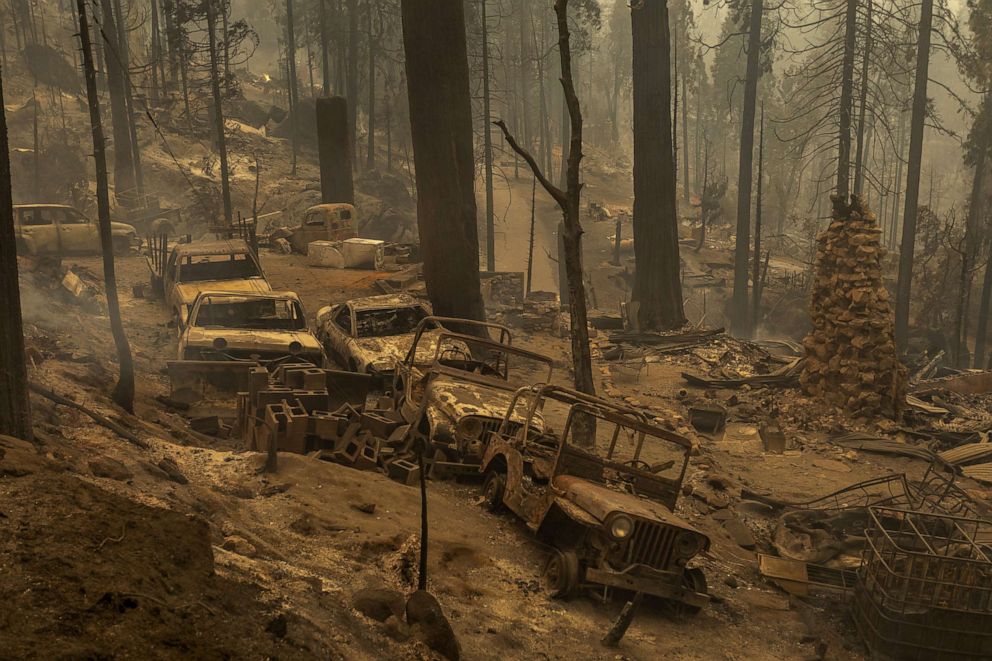
The current wildfires have capped off a summer of extreme weather, including the derecho that knocked out power for millions of people in the Midwest and Hurricane Laura that hit the coast of Louisiana.
The impact of climate change on events like tropical storms is more challenging to measure. The way meteorologists and climatologists study them has changed over the years and identifying a trend depends how far back researchers look.
The U.N. panel on climate change has looked at thousands of studies from around the world and found that while the warming climate impacts the variables that affect extreme weather, because the events are already outside the norm there's still uncertainty around those impacts and what they will look like going forward.
But most climate scientists agree that extremes are happening closer together and for longer periods of time, and experts say the country should be better prepared for them to get worse.
"We are in fact not seeing an increase in the total number of tropical storms. But what we are seeing is an increase in the strongest one, so Category 3, 4 and 5," said Jennifer Francis, senior scientist at the Woodwell Climate Research Center.
"We're also seeing a tendency for storms to intensify more rapidly, which is exactly what we saw happen with Laura, and Michael and Florence and Harvey, and we've got so many examples just in the last few years where storms have intensified extremely rapidly and this is one of the clear signals associated with climate change," she added.
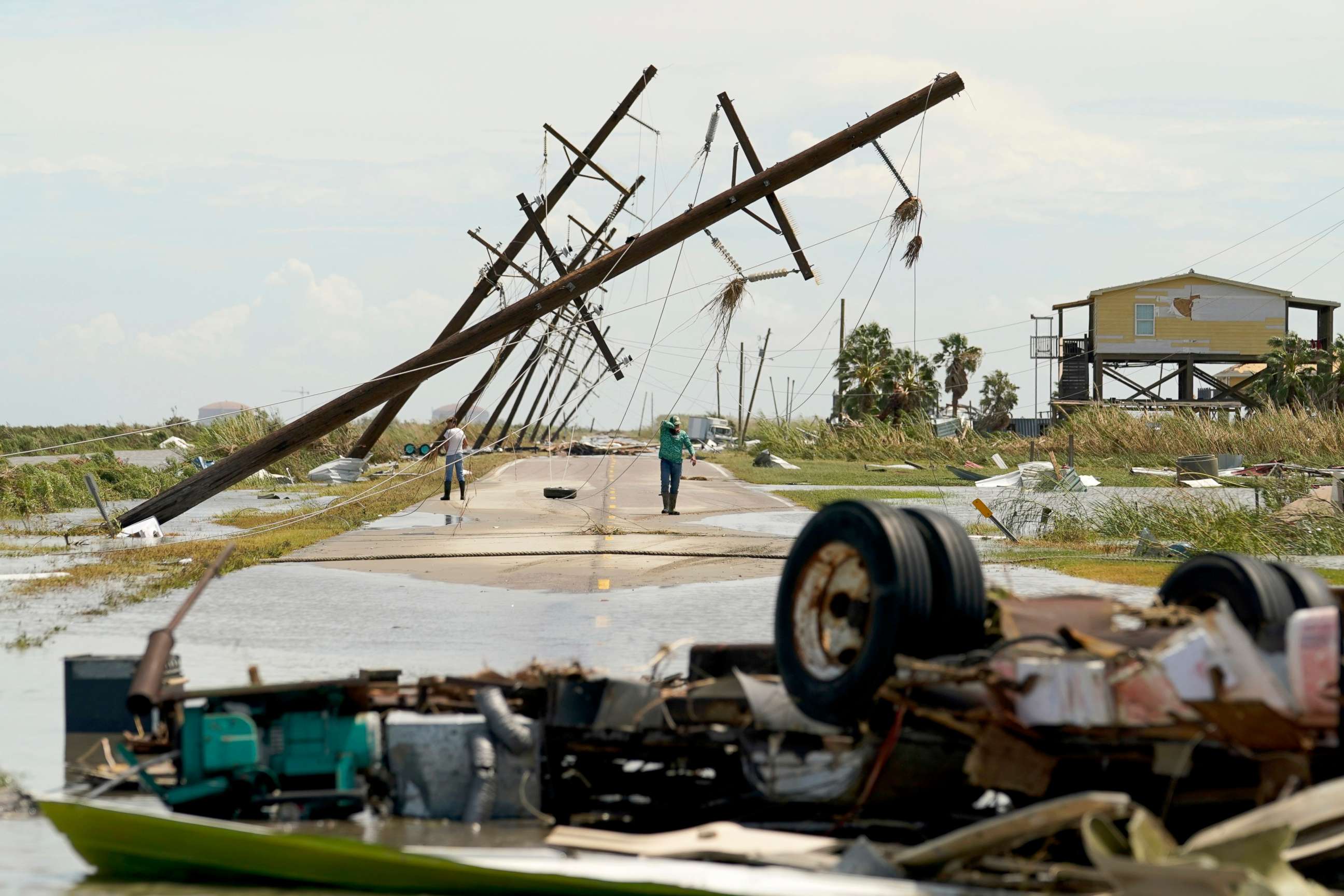
Francis researches how climate change impacts the jet stream and how warming in the Arctic could be influencing extreme weather all over the world. She said her area of research is new and complicated, but is starting to show patterns that suggest warming temperatures could be impacting the very physics in the atmosphere that create extreme weather.
Francis' theory is that a warmer Arctic is lessening the push and pull on the jet stream, which is created by the contrast between cold temperatures at the poles and heat at the equator. She said her data shows that the smaller contrast makes the jet stream weaker and more likely to get stuck in place, extending weather patterns like drought that contribute to fire conditions.
"There are many many factors that affect the jet stream. It's a very noisy sort of creature that exists in the atmosphere; it has a lot of north-south waves and a lot of changes in speed. And if you look at a map any given day of the jet stream it looks like just a swirly mess often, so it's very difficult to extract a very clear signal of how the jet stream is changing over time," she said.
"But the evidence is starting to pile up, suggesting that what we expect to see happen is in fact happening and what we expect to see happen is that the westerly west, east winds of the jet stream, which is the predominant wind direction, are starting to slow down," Francis added.
Other climate experts, like Roger Pielke Jr., an environmental studies professor at the University of Colorado, Boulder, are more skeptical of the theory and say that while the connection between climate change and events like tropical storms makes sense, there isn't enough data to prove it yet.
"Let me just say from the outset humans are affecting the climate -- there's no doubt about it. And that impact can be profound and significant, but it also means that we don't, we shouldn't just jump to associate every weather event that we see with some sort of an increasing trend," he said, adding that climate change is looked at over many decades so even observations over several years don't indicate a trend.
"Anyone who thinks they can look at a single storm, Florence or Laura, or Katrina or whatever, and say, 'I see the impact of climate change on this storm,' it's probably fairly out of step with where the science is today," Piekle said. "It's just climate change is observed over many decades, not individual storms, and I know there's a literature now that uses models and tries to tease that out. But that's not quite ready for prime time."
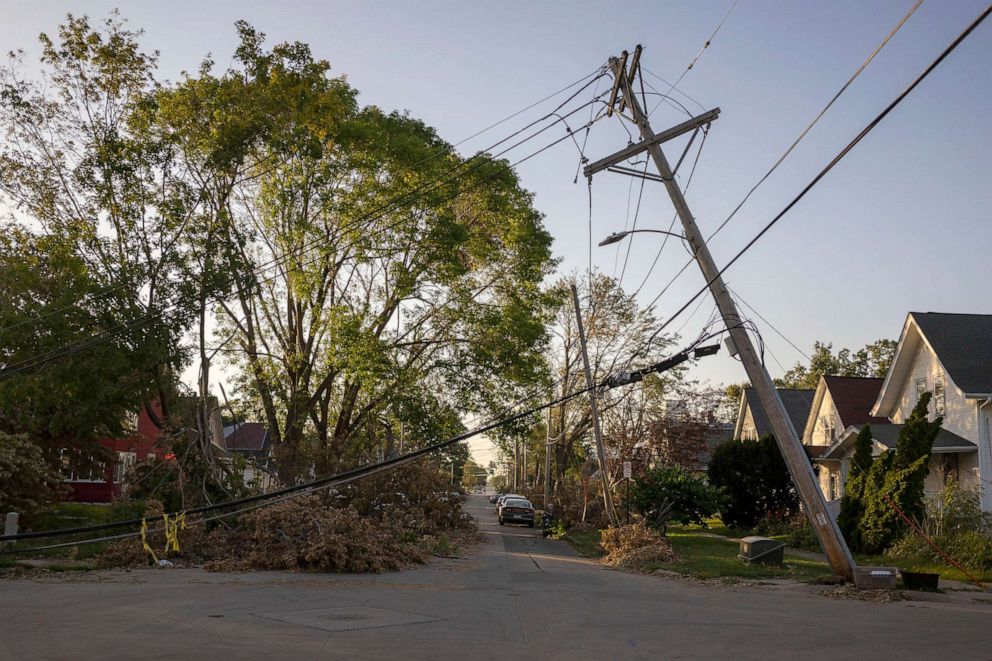
Even if scientists don't fully understand the connection between climate change and different types of extreme weather, emergency management experts say we'll still have storms and the country should take steps to prepare for them to get worse.
"These disasters that are unfolding around us all over the country are not inevitable. There are things that we can do to prevent them or at least significantly minimize their impact," said Samantha Montano, assistant professor of emergency management at Massachusetts Maritime Academy.
While we can't control extreme weather events, they say we can control how it impacts the people it hits -- the part we call the disaster -- by changing policies and using more resources to prepare.
"I talk a lot about kind of getting communities that are getting trapped in kind of a cycle of recovery, so in parts of Texas and parts of Louisiana, North and South Carolina, we're seeing that. It's flooding so regularly that people aren't able to get out to get themselves recovered and back on kind of stable footing before the next slide comes and so we're seeing kind of this compounding of vulnerabilities in communities across the country," said Montano.
Former Federal Emergency Management Agency Administrator Brock Long, who left last year, said there needs to be big changes in how the federal government deals with storms, but also that individual choices like having insurance, emergency savings and choosing where to live and build a home can limit how much people are impacted by extreme events.
"I'm not the type of person that wants to dictate where Americans can live in this country. But I also think that if you want to live on some of these mountains they're vulnerable to wildfires and oversee the the Pacific Ocean or you want to live down in some of these most vulnerable areas to storm surge, you know along the coast, you can do that, but don't expect the federal government to come bail you out," he told ABC News Live.
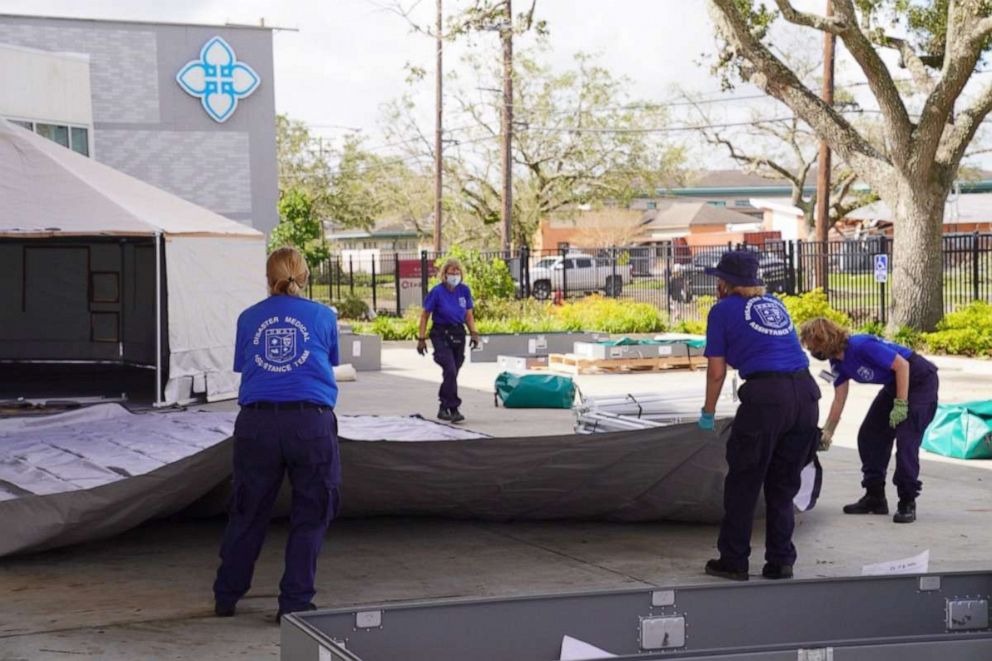
Long said most people don't realize how busy FEMA is, but that the agency can't keep up with constantly responding to every emergency, saying the country needs FEMA to be more focused on disaster resilience than being 911.
"Right now, because of the way the system is set up, FEMA can't concentrate every day on blue sky, day mitigation planning because they're constantly having to respond," he said.
And Pielke said climate scientists don't need to know everything about how much climate change is impacting extreme weather to agree the country can be better prepared and that climate change should be addressed by reducing greenhouse gas emissions.
"There is some randomness to the process, but that doesn't take away the fact that we know San Francisco gets earthquakes. Louisiana gets hurricanes. The Midwest gets tornadoes. The West gets fires. And to be better prepared. That's about all you need to know," he said.
